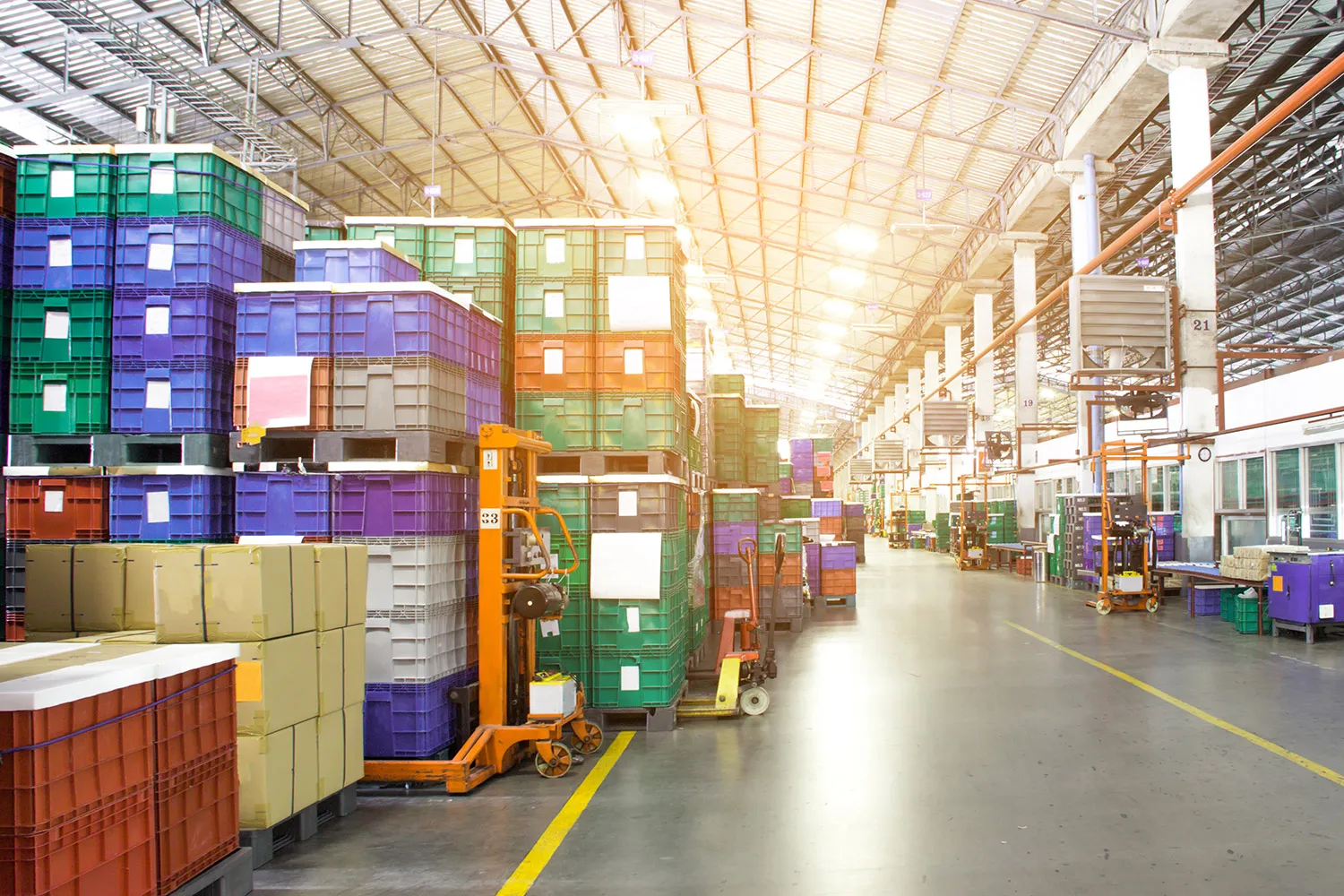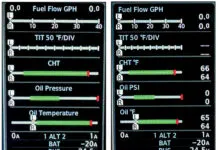During the pandemic, we suffered increased lead times for things. Generally, these lengthy lead times were called “supply chain problems” or just “supply chain.” There were both obvious and not-so-obvious reasons.
The most obvious reason was that many businesses were shuttered for weeks to even a year or more during the pandemic in an effort to keep employees safe. Knowledge workers could work remotely. But manufacturing, repair, and other “hands-on” activities couldn’t. So, they stopped, or at least severely slowed.
During that time general aviation surged. People were reluctant to fly commercially, so flying privately was often the answer. Plus many of us had fewer demand on our time, so we enjoyed flying more often. Of course, this further strained the system that couldn’t keep up.
In the U.S. various financial stimulus incentives allowed some workers to remain out of work or seek different professions. This limited the available workforce, a limitation that persists today. Of course, all of this built a backlog everywhere.
By now you’d think we’d be past all that. My February Remarks talked about metal in the oil filter on one engine. I’d hoped it was an accessory eating itself, so I asked my shop to check further. When they got it back in the shop over a month later, they found that the metal was coming mostly from the lifters and cam, but also from cylinders and even the crank. The engine was, indeed, used up.
Both engines had the same time, so I decided to replace them both. Lead time is six months. Best case is that my airplane will be grounded from December through July for new engines.
What are some not-so-obvious reasons for excessive lead times? An efficient manufacturing line is designed to meet demand, not to significantly exceed it with expensive excess capacity, but just to meet it with maybe a little headroom. Normally, that works well and things are generally available. These still aren’t normal times.
Many of the backlogs from work shutdowns during the pandemic continue. Plus we’re still flying more, thus needing more of everything, and that means “normal” is more demand than it used to be. With that persisting backlog from the pandemic, things just can’t catch up.
For example, New Mexico Aero Service, a modest shop outside Albuquerque that maintains my aircraft, can accommodate six airplanes in their hangar with four to five mechanics. In “normal” times they’d replace an engine or perhaps two a year. Currently, they have six airplanes backed up awaiting engines. A few of those are twins, like mine, needing two engines.
A friend has a P-Baron that needs new fuel bladders. His airplane is grounded due to sudden fuel leaks from the old bladders. Lead time on new bladders is four months and everybody and everything is in the same predicament.
Is more capacity the answer? More capacity requires more staff that isn’t available. More capacity also requires more infrastructure that, given all the backlogs, is itself difficult to find. I’m afraid the only answer that I can see is a very slow, gradual ramping of supply (that is underway) to meet demand, but that looks like it’ll take years. Meanwhile, brace yourself for more and longer downtime.





